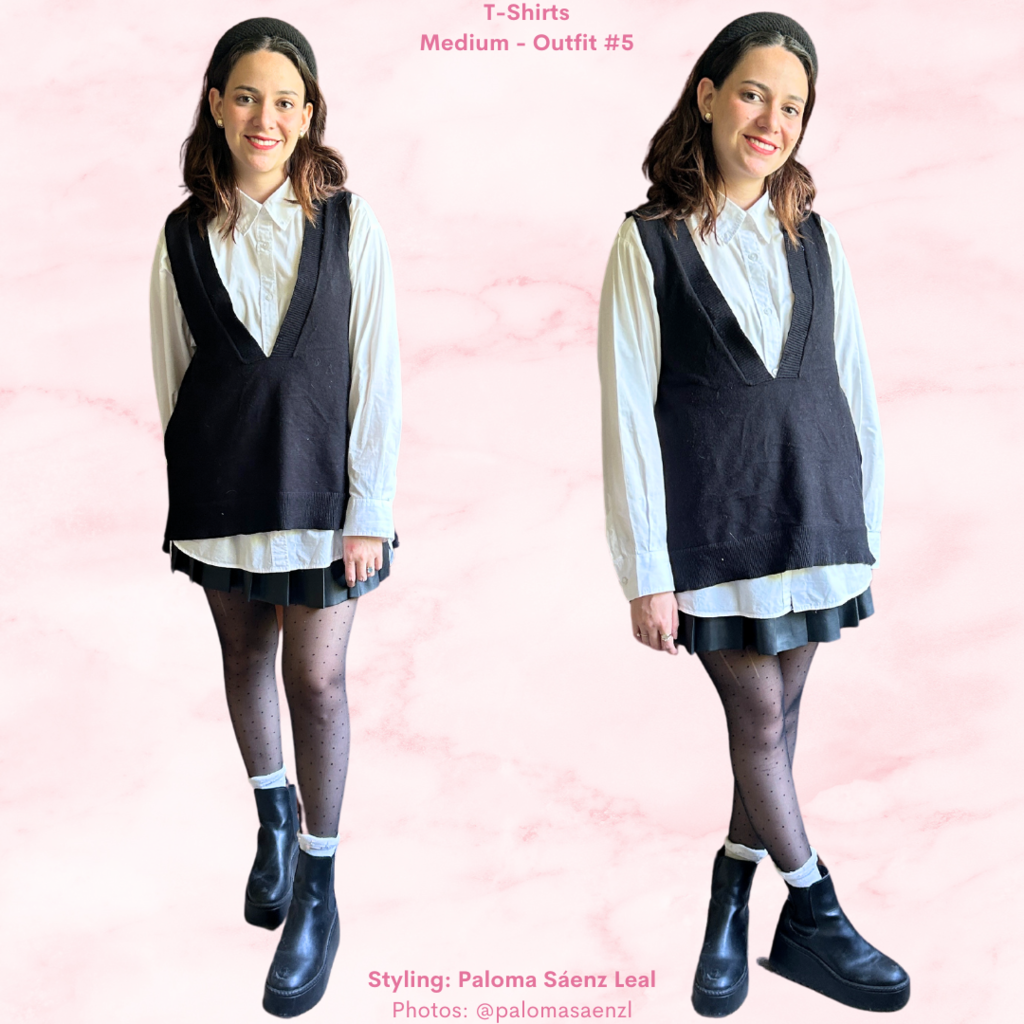
Mastering the Art of Layering: From Everyday Style to Cold-Weather Protection
Layering clothing is a versatile technique that allows for adaptability to varying weather conditions and styling preferences. This article explores the principles of effective layering, focusing on selecting the right materials, achieving a balanced look, and adapting to different occasions. Whether you are creating an intentional style statement or protecting yourself in cold weather, layering offers the flexibility to meet your needs.
Understanding the Three Key Layers: Base, Mid, and Outer
Successful layering depends on understanding the specific purposes of each layer: base, mid, and outer. Each layer is designed to perform a separate function and should be selected with those functions in mind.
1. The Base Layer: Moisture-Wicking and Comfort
The base layer is the foundation of a layered outfit, lying directly against your skin. Its primary role is to wick away moisture, keeping you dry and comfortable even during physical activity.
Base Layer Material Selection:
Opt for moisture-winking fabrics such as spandex or cotton. These materials promote breathability and prevent overheating. Avoid fabrics that retain sweat, and avoid materials that are uncomfortable next to your skin, as this will impact your comfort level.
2. The Mid-Layer: Insulation and Warmth
The mid-layer is responsible for insulation and warmth. This layer traps heat from your base layer and generates additional warmth. The thickness and material of this layer will depend on the weather conditions.
Mid-Layer Material Selection:
Consider materials such as sweaters, fleece jackets, or lightweight puffers for insulation. Balance warmth with breathability: avoid excessively bulky layers that hinder movement or cause overheating. If the weather is warm but you need an additional layer, lighter materials will be ideal.
3. The Outer Layer: Protection from the Elements
The outer layer serves as a protective shell against wind, rain, and snow. It should be durable, water-resistant, or waterproof depending on the needs of the wearer.
Outer Layer Material Selection:
Choose durable materials that provide adequate protection against the elements, such as a waterproof jacket. Consider a slightly thicker layer for increased warmth. Balance protection and mobility. Too thick and you will be restricted in movement. Too thin and the purpose of this layer might be compromised.
Styling Your Layers: From Casual to Formal Occasions
Layering isn’t just about functionality; it’s also about style. The way you style your layers can significantly impact your overall look.
Balancing Aesthetics and Functionality:
Pay attention to color coordination, texture, and fit. When creating a multi-layered outfit, consider the visual impact. Darker and richer colors usually create a more sophisticated appearance.
Casual Layering: Effortless Style for Everyday Life
Casual layering can be effortlessly stylish and adaptable. Begin by selecting a comfortable base layer, add comfortable and attractive outerwear, and then finish with a splash of style, such as a scarf or hat.
Formal Layering: Sophisticated Style for Special Occasions
Formal settings require carefully considered layering. Opt for refined fabrics and simple styles while paying careful attention to achieving balance. Avoid excessively bulky or visually cluttered layers.
Key Takeaways:
- Effective layering involves three key components: base, mid, and outer layers.
- Base layers should be moisture-wicking and comfortable.
- Mid-layers provide insulation and warmth.
- Outer layers offer protection from the elements.
- Styling your layers strategically enhances both comfort and appearance.
Mastering the art of layering enables you to curate outfits suitable for various climates and formal settings. With careful selection of materials, textures, and colors, layering is capable of bringing out your comfort and style while providing a solution that helps you adapt to varying weather and social situations. Layering is a versatile and valuable tool for anyone wanting to maximize their outfit options while maximizing comfort and appearance.





